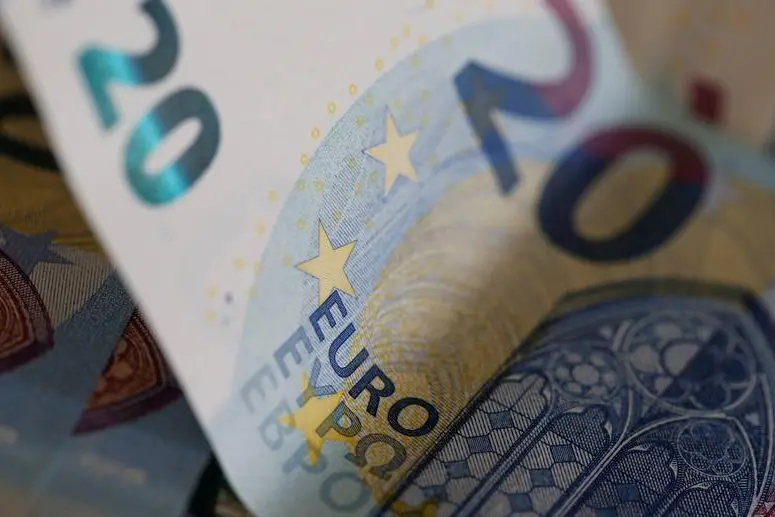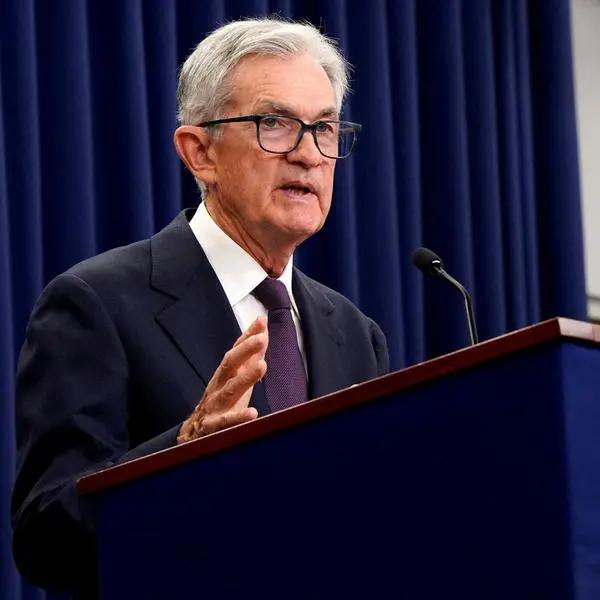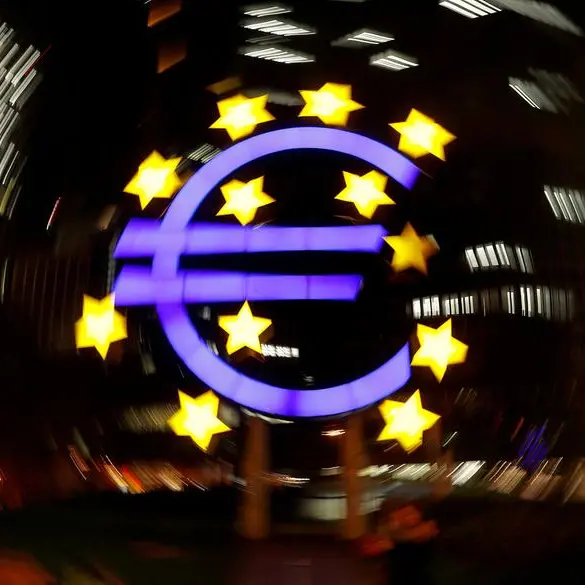PHOTO
Italy is unlikely to emerge unscathed from a raft of reviews of its sovereign debt over the next month, analysts say, but the prevailing view is that the ratings agencies will worsen Rome's outlook while avoiding outright downgrades.
Any negative surprises are likely to trigger a jump in Italian bond spreads which have been on the rise for months, a trend exacerbated since September when Rome hiked its budget deficit targets for 2023-2025.
Italy is the euro zone's third-largest euro zone economy but has its second largest debt pile as a share of national output, and the country's growth and public finance prospects have darkened significantly since agencies affirmed Rome's ratings in the spring.
As a bellwether for the euro zone's most indebted economies, a downgrade to Italy could impact borrowing rates across the 20-member bloc, and challenge the European Central Bank's ability to effectively transmit its monetary policy.
S&P Global kicks off the round of autumn reviews on Friday, followed at weekly intervals by DBRS, Fitch, and Moody's.
"A downward revision of the outlook (to negative) from S&P Global, Fitch or DBRS is likely," said Alessandro Tentori, CIO for Italy at Axa Investment Managers.
All three agencies currently have Italy on a stable outlook.
Italian gross domestic product contracted by 0.4% in the second quarter from the previous three months, and last month the government cut its GDP forecasts for this year and next while targeting virtually no debt reduction through 2025.
Several analysts said a downgrade may see the Italian-German 10-year yield gap widen to 250 basis points from its current level of around 200, while a worsening of the outlook would probably produce a more moderate increase to around 220.
Fitch noted last week that Rome's 2024 budget framework marked a "significant loosening" of its fiscal plans, while Fitch and Moody's have both criticised other recent economic policy proposals from Giorgia Meloni's ruling coalition.
The greatest threat is posed by Moody's, which rates Rome just one notch above junk and with a negative outlook. It will decide on Nov. 17.
Althea Spinozzi, senior fixed income strategist at Saxo Bank, said the likely jump in Italian bond yields if Moody's pulls the trigger "would virtually force the European Central Bank to intervene."
TOO BIG TO DOWNGRADE?
However Spinozzi added that the consequences of Italian debt being relegated to junk would probably be enough to convince the agency to hold off, a view shared by some other analysts.
"A downgrade would have some fairly significant ramifications for peripheral debt in general," said Jim Leaviss at fund manager M&G Investments.
"Given the scale of what a downgrade would do I think the hurdle for Moody's to do it is pretty high."
Italian Economy Minister Giancarlo Giorgetti, speaking to reporters last week at an international gathering in Morocco, said he did not fear a downgrade but he was aware of the risk.
"Who can rule it out? Can I rule out that I'll trip if I start walking?," he said.
The contrast between Italy and other peripheral euro zone countries is striking, reflected in the fact that unlike during previous periods of market stress in 2008 and 2011, Italian bond spreads versus Germany are now the widest.
Greece last month regained investment-grade status from DBRS, while Portugal got a ratings upgrade from Fitch and an outlook improvement from S&P Global and Moody's.
The International Monetary Fund last week forecast Italian growth at just 0.7% for next year, the lowest in the euro zone and well below Spain, Portugal and Greece.
Still higher yields would make it more expensive for Rome to service its huge public debt, equal to around 140% of national output.
Next year Rome will have to sell some 548 billion euros ($580 billion) of bonds, 46 billion more than in 2023, according to calculations by Intesa Sanpaolo.
Nevertheless, Giovanni Radicella, fixed income head at fund manager Arca Fondi, said a full-blown Italian crisis remained unlikely.
"One reason to buy a country is the risk premium. And when it reaches a new fair value it will lure back buyers and the sell off would be contained," he said.
($1 = 0.9443 euros)
(additional reporting by Valentina Consiglio and Dhara Ranasinghe, graphics by Stefano Bernabei, editing by Gavin Jones and Toby Chopra)





















